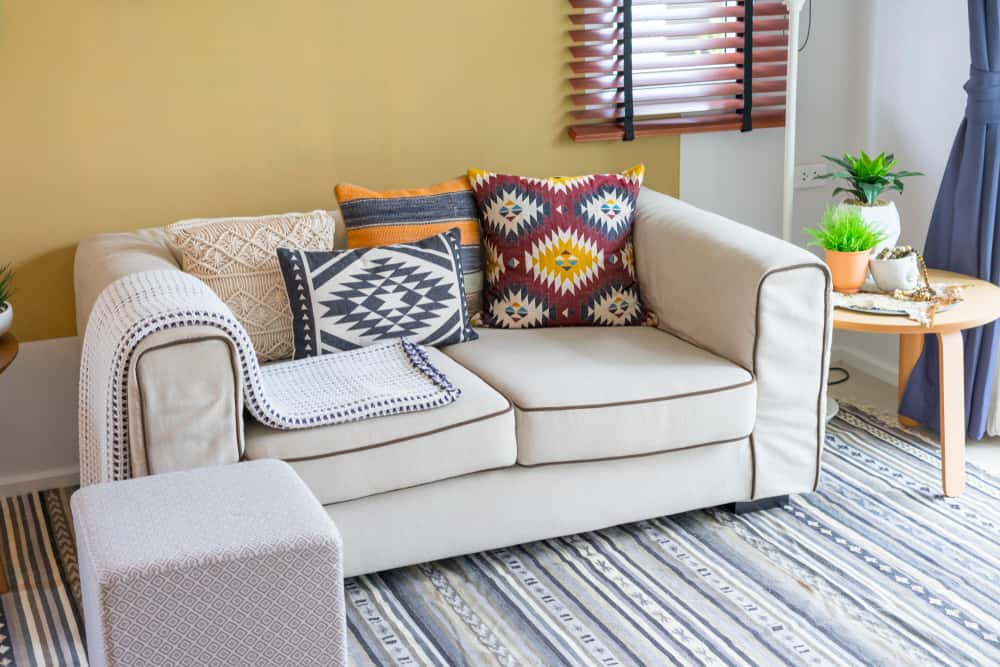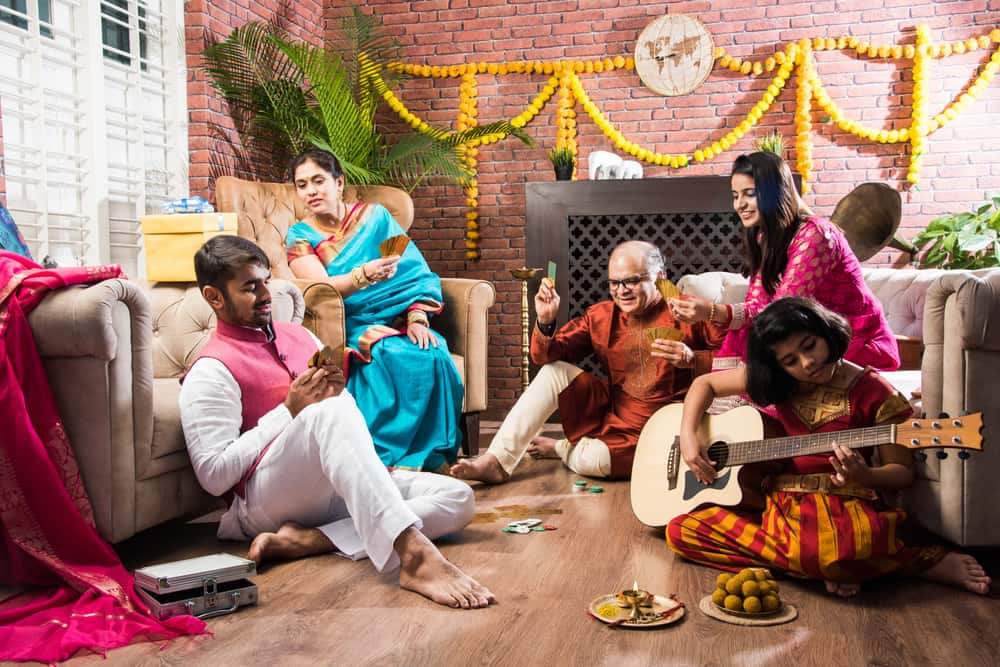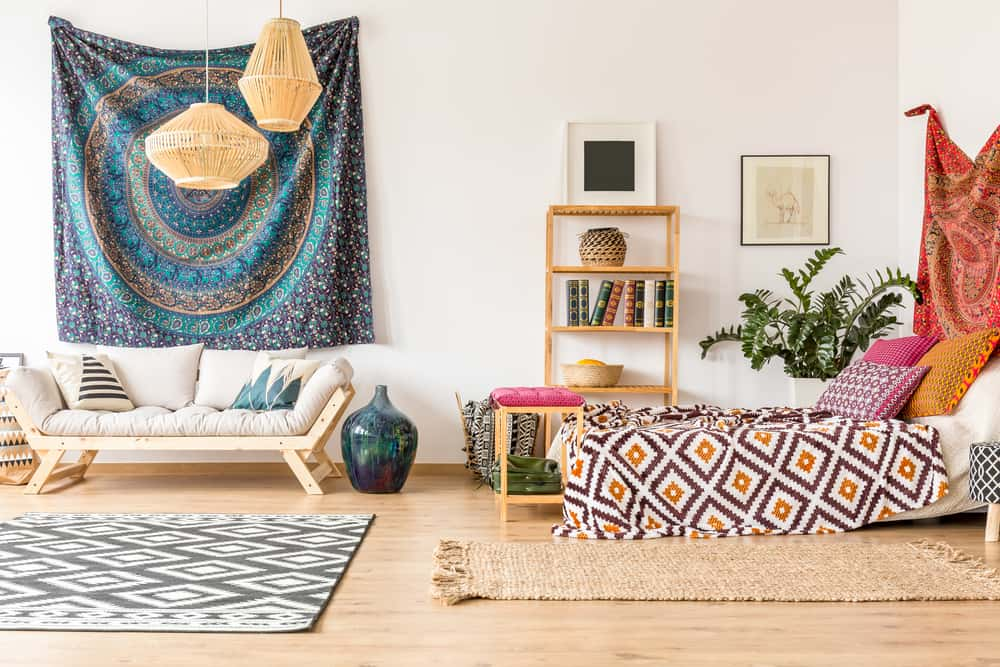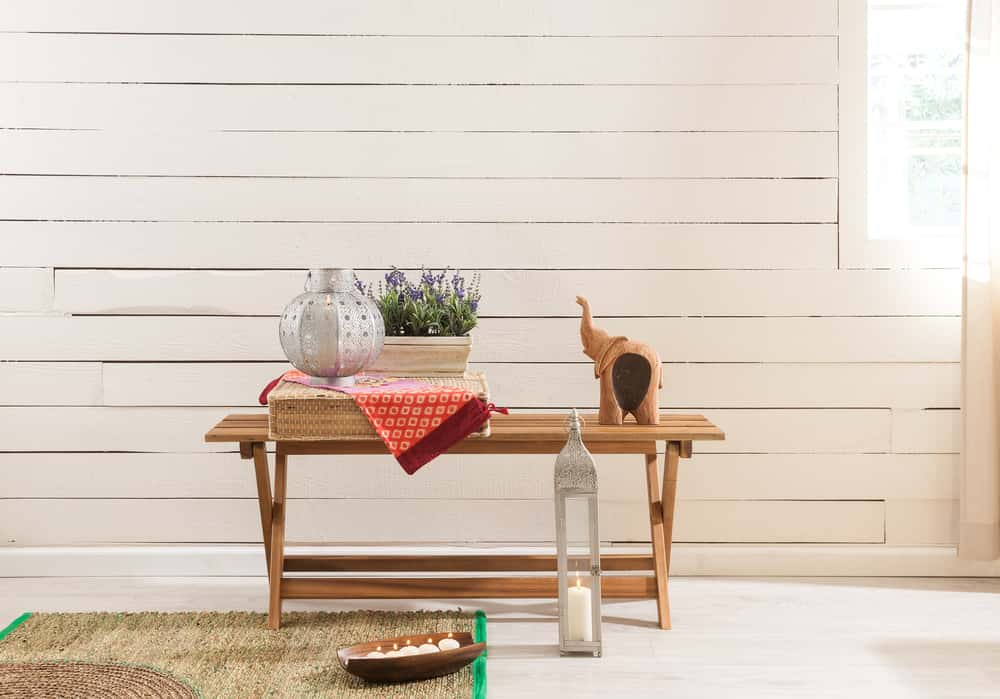Culture. We all know what it is, but how would you define it? There’s no simple answer. Broadly speaking, culture is at the intersection of a society’s ideas and modes of behaviour.
For anthropologist E.B. Tylor, the culture of a society is a complex whole. It includes “knowledge, belief, art, morals, law, custom and any other capabilities and habits acquired by man as a member of society.”
Families have their own cultures, too. Some can be playful and relaxed, while some can be conventional, with a love of order. Some can be modern, and others can be traditional.
When it comes to interior design, home culture is the way that a family’s way of life is demonstrated in its domestic space. If you want your décor to reflect your values, start with your home culture. Let’s explore some ways to do this.
Elements Reflecting an Ethnic Home Culture
Every family is proud of its roots. A strong cultural background is best brought out with an ethnic décor. These interiors reflect tradition and are embedded in local customs and art.
Ethnic styles come to life with objects, materials and patterns. Such interiors look vibrant. Repeating motifs such as mandalas and paisleys on fabrics, along with objects made of bronze, stone and more are some ways of achieving this.
Colours play a big role, too. Ethnic elements in brown, maroon, rust or green, for example. Handloom textiles like khadi or silk enhance the effect.
Paintings and other forms of art emphasise an ethnic culture. Depending on your background, you can choose Warli paintings from Maharashtra, stone statuettes from Rajasthan, handicrafts from Thanjavur, and so on.
Often, it’s the small details that add a great deal to an ethnic décor. Local styles of wood carving, embroidery, and painting can find a place in tables, chairs, windows, and doorways.
Remember not to make the ethnic elements too overpowering. The idea is to create a living space rooted in culture, not a museum.
Creating a Modern Home Culture
Many nuclear families embrace a modern, metropolitan lifestyle. Contemporary, cutting-edge décor is best suited to such a culture.
Here, the emphasis should be on straight lines, sophisticated simplicity and elegant colours and patterns. Some people adopt a minimal approach, reducing elements to their basics to create a pleasing, clutter-free aesthetic.
Modern home culture and décor do not mean turning your back on your roots. In the style known as Indian Modernism, smaller traditional elements come together with global influences to create a unique outlook. This fusion of materials and patterns blends contemporary and country styles.
With modern styles, the emphasis is often on space and not objects. The eye follows horizontal and vertical lines, with natural light, unadorned materials and neutral colours. Such spaces are small oases in the hustle and bustle of modern city lives.
Reflecting an International Home Culture
With travel, the Internet and friends from all over, many families have a culture that can be called international. They take the best from everywhere and combine it with their heritage.
The décor can reflect in many ways. The idea is not to create a mish-mash of styles from all over but to take a theme and combine it with elements from other places.
For example, you could choose a Scandinavian-inspired décor. This means a minimalist aesthetic, with form following function. To this, you can add touches such as vintage pieces sourced from local areas, or even plants and finishes for a Mediterranean feel.
On the other hand, you could choose a luxe Moroccan aesthetic, with rich fabrics and intense colours, and combine it with industrial accents by using exposed brick and raw wood. The possibilities are endless.
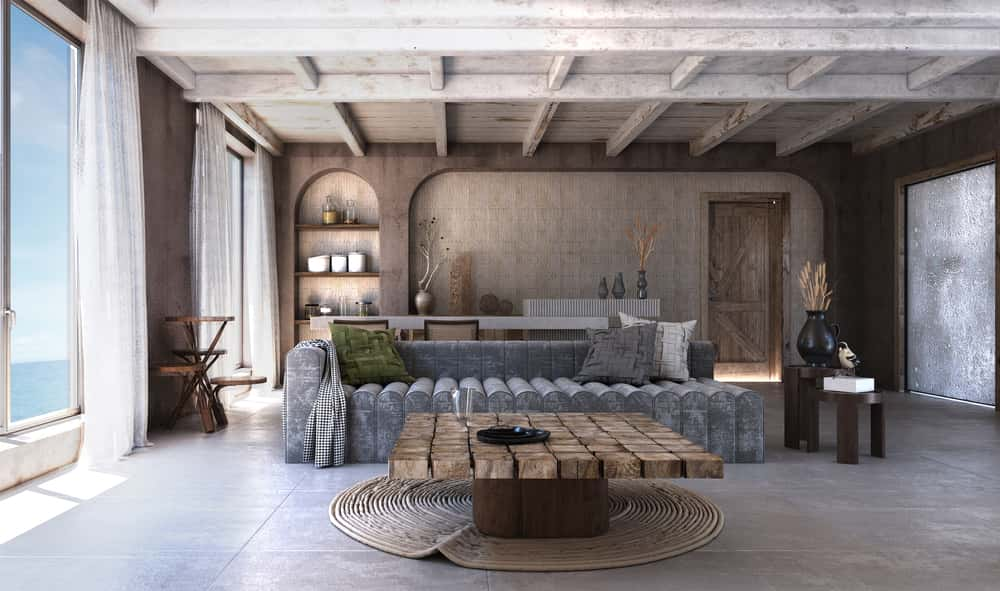
Fashioning an Eclectic Home Culture
Cultures are never static. They grow and change with ongoing innovations and trends. The décor of an eclectic home culture reflects this by mixing and matching a variety of textures, colours and objets d’art.
There is no one overriding theme in these interiors. They are a reflection of countless journeys, experiences and tastes. There could be a vintage French poster in one corner, a carved African totem in another, and an American-style diner stool in yet another.
It’s important not to make such interiors cluttered. Keep in mind the basic principles of focal points as well as utility. There should not be too many contrasts. While the colours can be from all over the spectrum, there should be an overall tonal quality.
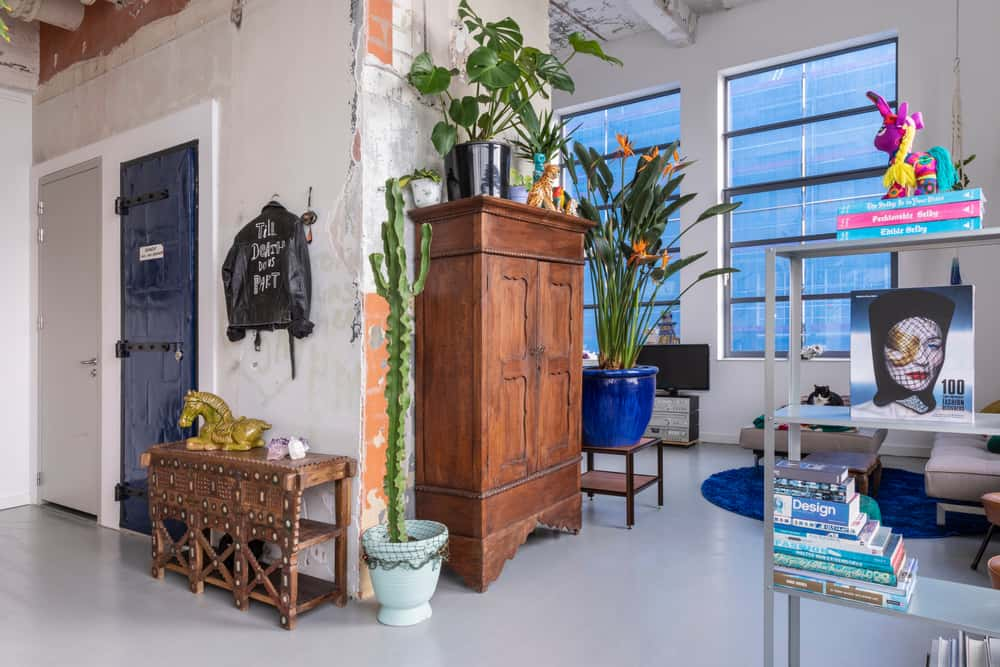
Making Interiors Reflect Your Home Culture
- The interior style you choose for your home should reflect the psyche of the family members that inhabit it. Discuss with your family what values they hold dear, and how these can be represented.
- Using culture as an aspect of home décor means staying true to your roots, lifestyle, aspirations and hopes for the future.
- In your interiors, culture doesn’t have to be unidimensional. It can reflect a melange of influences.
- One way to start is with a photo collage of your childhood, later experiences, travels and the places you find inspiring.
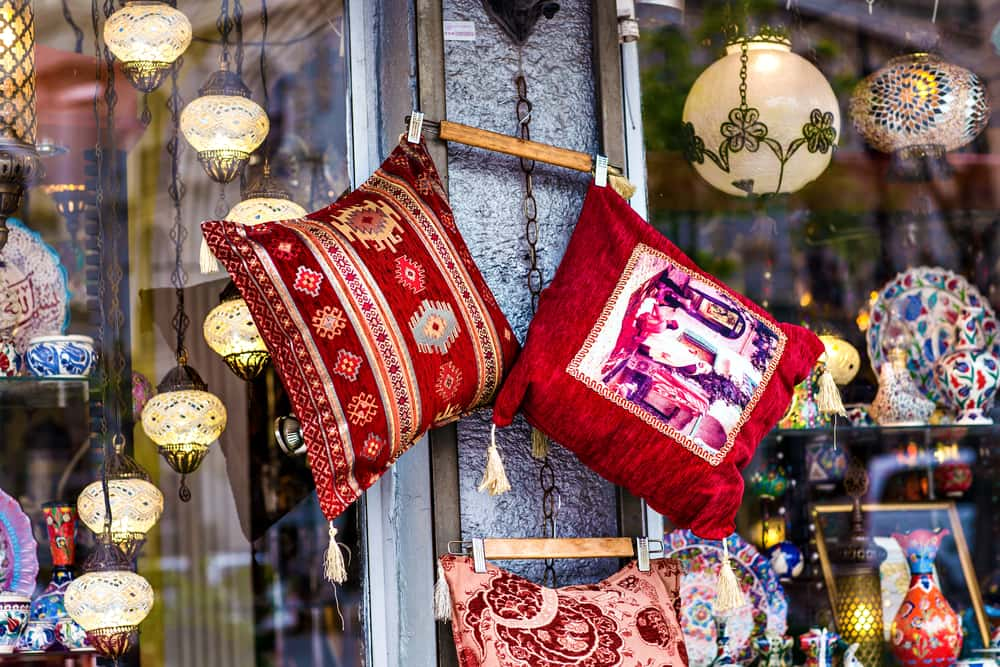
If the thought of using culture as a springboard for interiors excites you, we invite you to speak to the design experts at HomeLane. Our end-to-end solutions bring together functionality and aesthetics for customised and efficient home designs. Book a free design session today.

